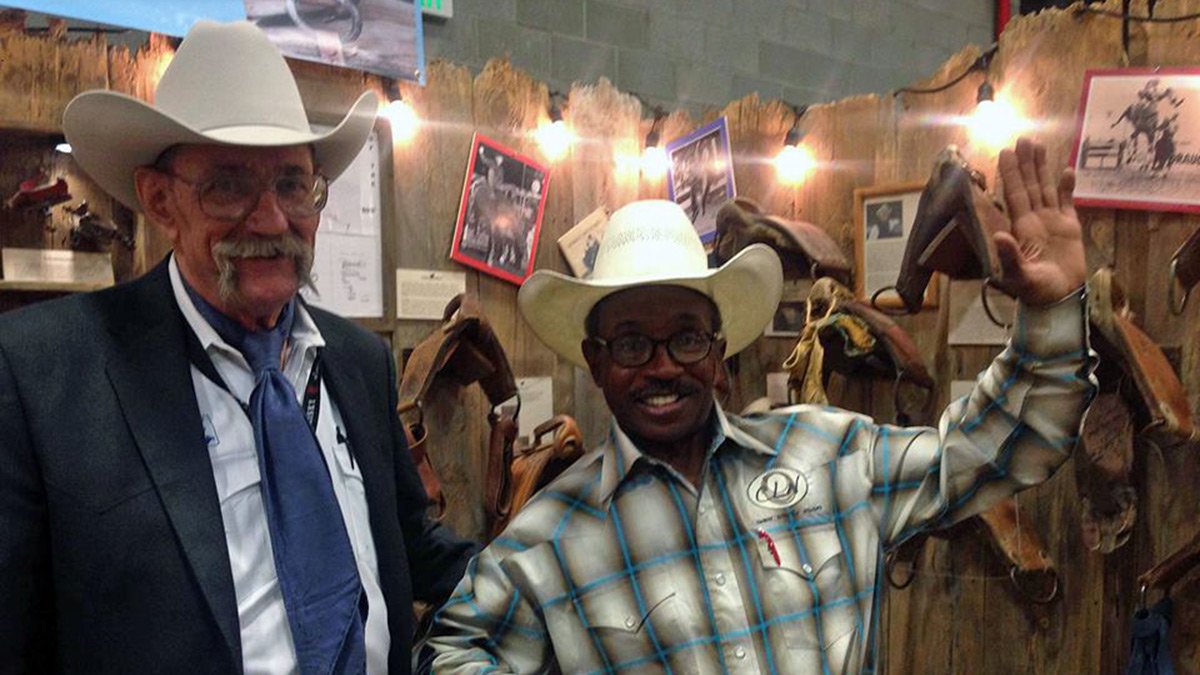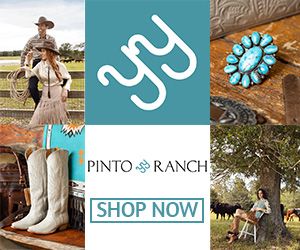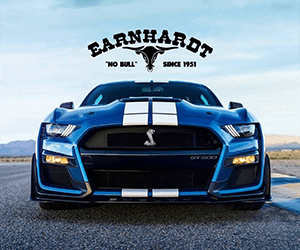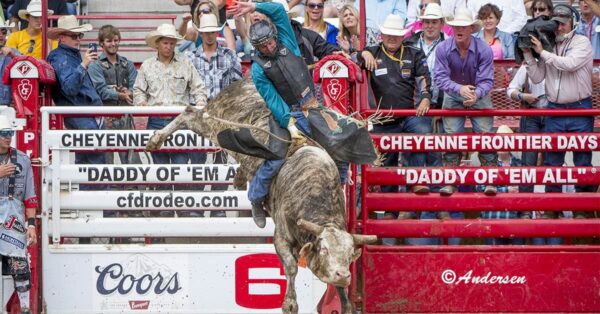On the back of high-flying, bucking bronc, 8 seconds in the arena can feel like a lifetime. The roar of the audience becomes a dull echo only interrupted by the thud of heavy hooves on the arena floor. All eyes are on the cowboy as he employs his training and riggin’ to overcome his 8-second dance with death, one of the world’s most dangerous, difficult, and thrilling sports, bareback riding.
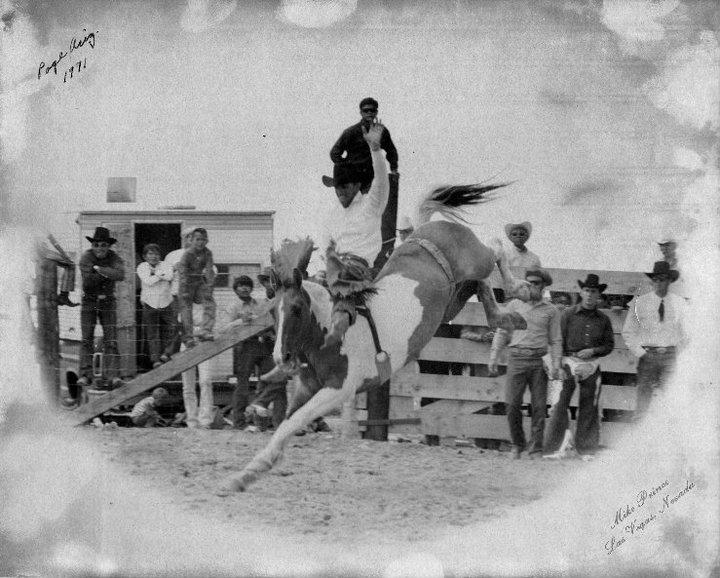
Jim Liles during one of his many Bareback rides
You’d be hard-pressed to find a group of individuals more tough and brave than rough stock riders. With a long history dating back to breaking and training horses on the range, the sport of saddle bronc and bareback, have seen several changes throughout the years. While we remember the names of the cowboys, cowgirls, and their four-legged counterparts, there is one more integral piece to the puzzle that deserves more recognition: the equipment that helped these rodeo icons make it to the top. Nestled in the rolling hills of the Arizona desert, between Wickenburg and Prescott, one man is keeping an important part of rodeo history alive.
https://youtu.be/cgQdkWzcmDA
Jim Liles is no stranger to the world of rodeo, in fact, this cowboy lives and breathes rodeo. A former bronc rider himself, founding member of the Gilbert Days Rodeo, and prior owner of Lazy J Rodeo Safety Equipment, there is no one better than Jim to honor the past, educate the present, and preserve the future of rough stock rodeo equipment.
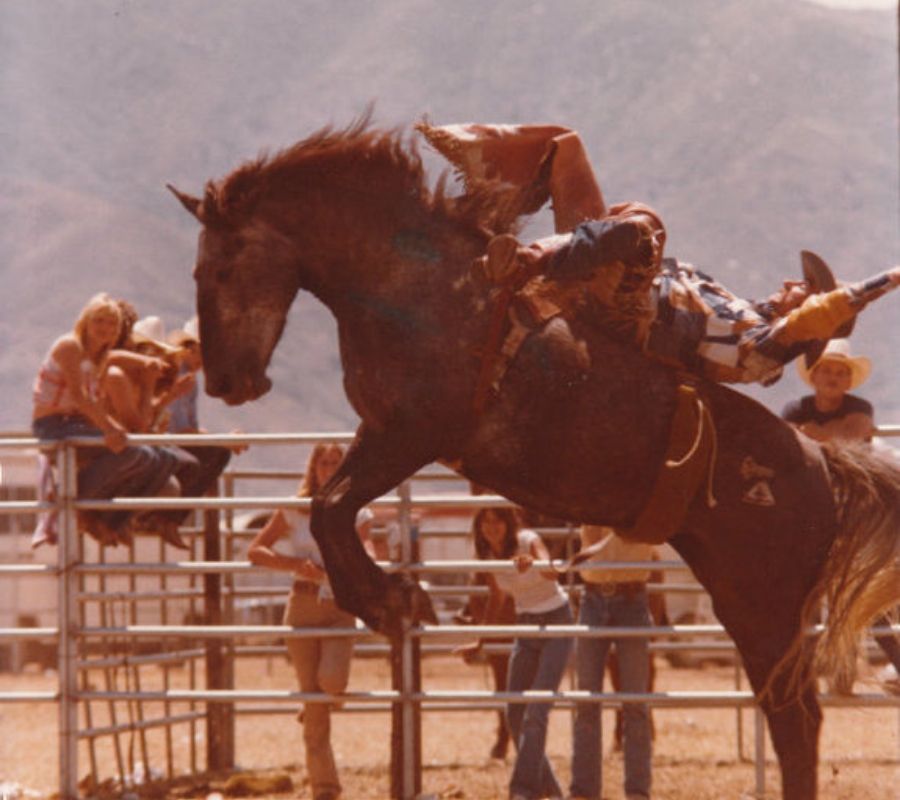
Jim Liles during one of his many Bareback rides
In their little oasis of Arizona desert, Jim and his wife Janie have spent years collecting rough stock equipment, more specifically, Bareback Riggings. Located right on their property, the Liles have opened a piece of history to the public with their Riggins’ N’ Rhymes Museum. With over 65 bareback riggings dating back to the 1900s to today’s present equipment, the Riggins’ N’ Rhymes museum is one of a kind, opening a door to days of rodeo past and teaching not only rodeo fans but today’s bareback riders the importance of riggings to the sport of bareback riding.
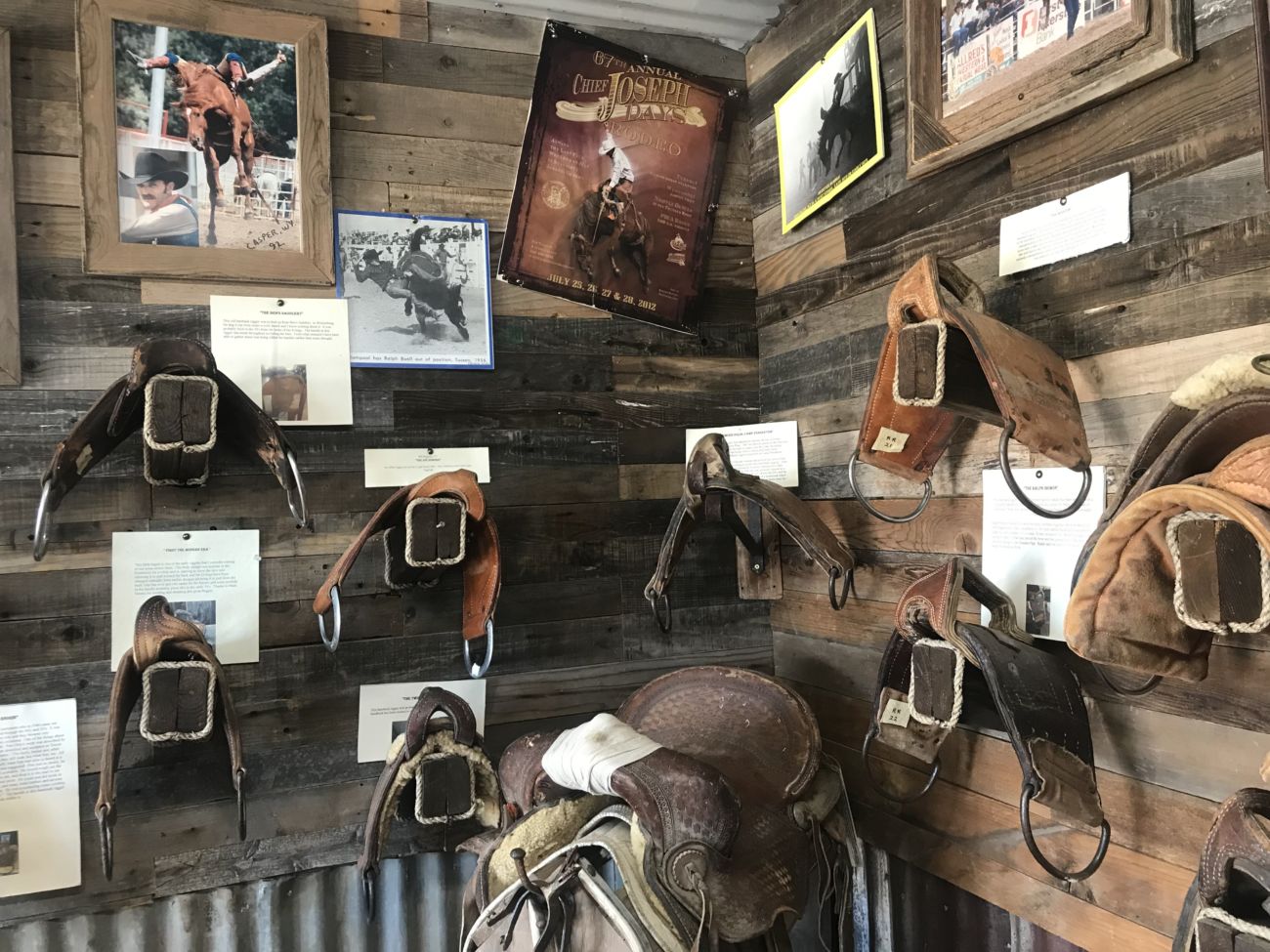
I will admit, prior to my visit with Jim at the Riggins’ N’ Rhymes museum, I knew little-to-none about rough stock equipment. I was ignorant to the different styles, safety features, materials that build riggings, Saddle Bronc Saddles, and Bull Ropes, and why this information is so vital to rodeo history. As soon as I stepped out of the exhibit, my appreciation for the equipment and sport itself, skyrocketed.
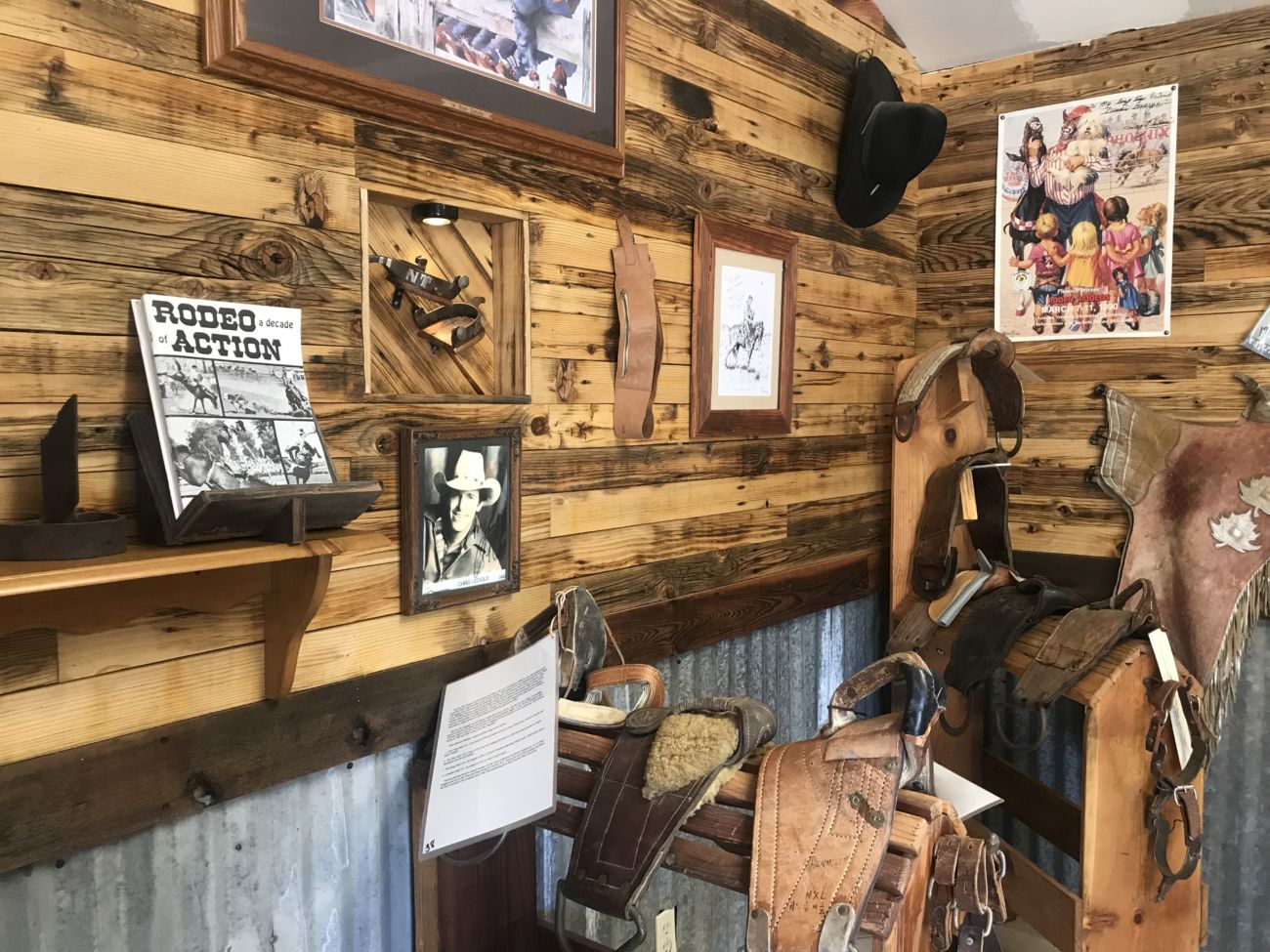
But what is a Bareback Rigging and why is it so important? Riggings consist of, for the most part, leather, rawhide, and other materials to strengthen them. Depending on what point in history, these materials differ. Like a suitcase handle, the riggings are adorned with a handle that the cowboy grasps onto during his 8-second ride. The rigging itself sits upon the horse’s withers. Jim shares that one of his inspirations for starting this museum is that bareback riggings and the equipment used by bareback riders has changed more than any piece of rodeo equipment from the 1900s to today. Walking through the Riggins’ N’ Rhymes museum, this change throughout history is clearly displayed and explained.
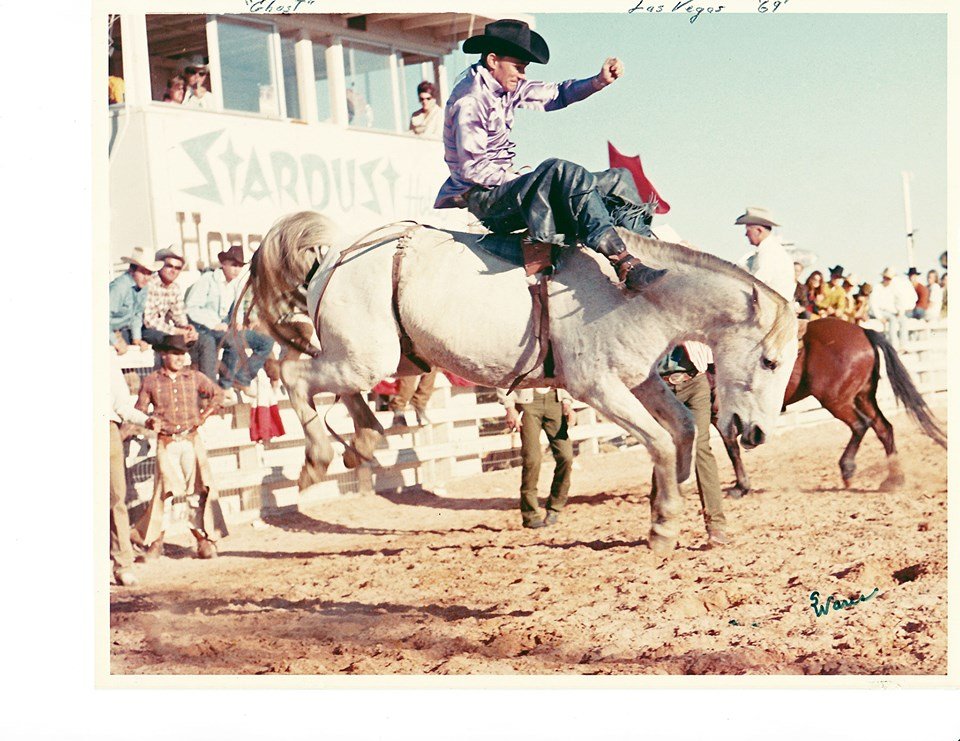
A Bareback Rigging created by Jim being used in the rodeo arena
Jim’s museum is a work of art. For any rodeo aficionado, it would be easy to spend hours walking along the exhibit reading about each rigging, its origin, style, and importance in rough stock history. The best part, however? Hearing Jim speak about each rigging with full knowledge of its brand, history, and the cowboys who either built it, used it, or rose to the top because of it. The exhibit even includes some of Jim’s handmade riggings that he used during his Bronc Riding days. The Riggins’ N’ Rhymes museum has been featured at the National Finals Rodeo in Las Vegas, the Parada del Sol Rodeo in Scottsdale, Arizona, and in various online and newspaper publications.
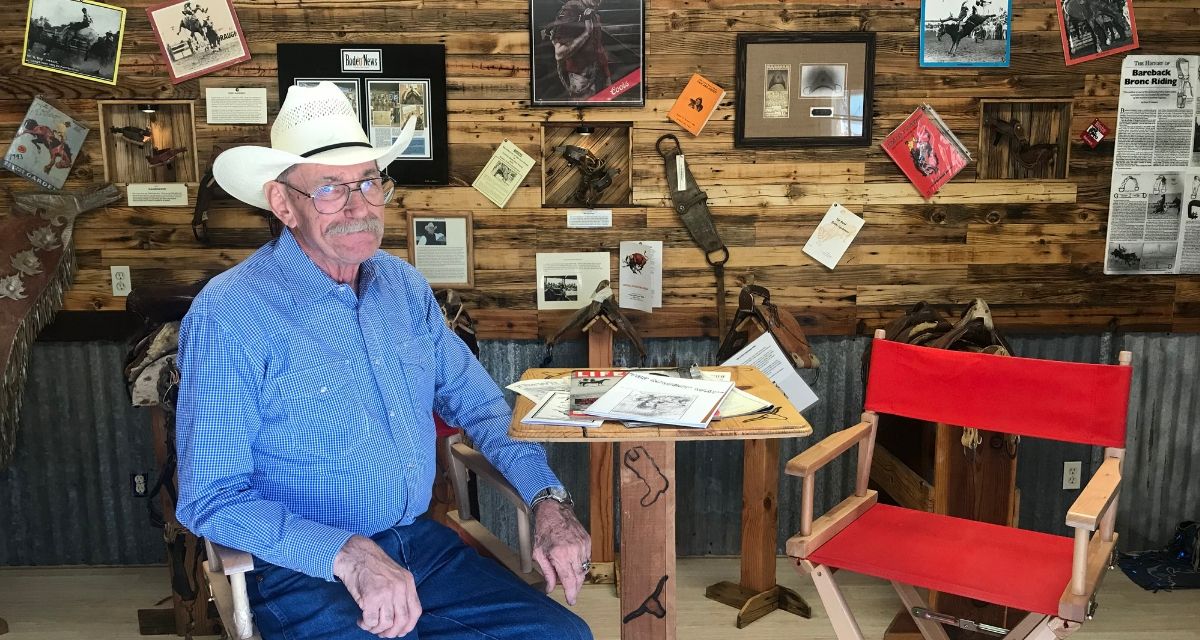
Jim Liles at his Riggins N Rhymes Museum.
Alongside the many bareback riggings, are more historical pieces including spurs handmade by Bobby Blackwood, vintage rodeo publications and rodeo programs, vintage Saddle Bronc saddles, and bull ropes from the Frost family, including one of Lane Frost’s very own bull ropes. This is only the start of the many fascinating items that can be found at the Riggins’ N’ Rhymes Museum.
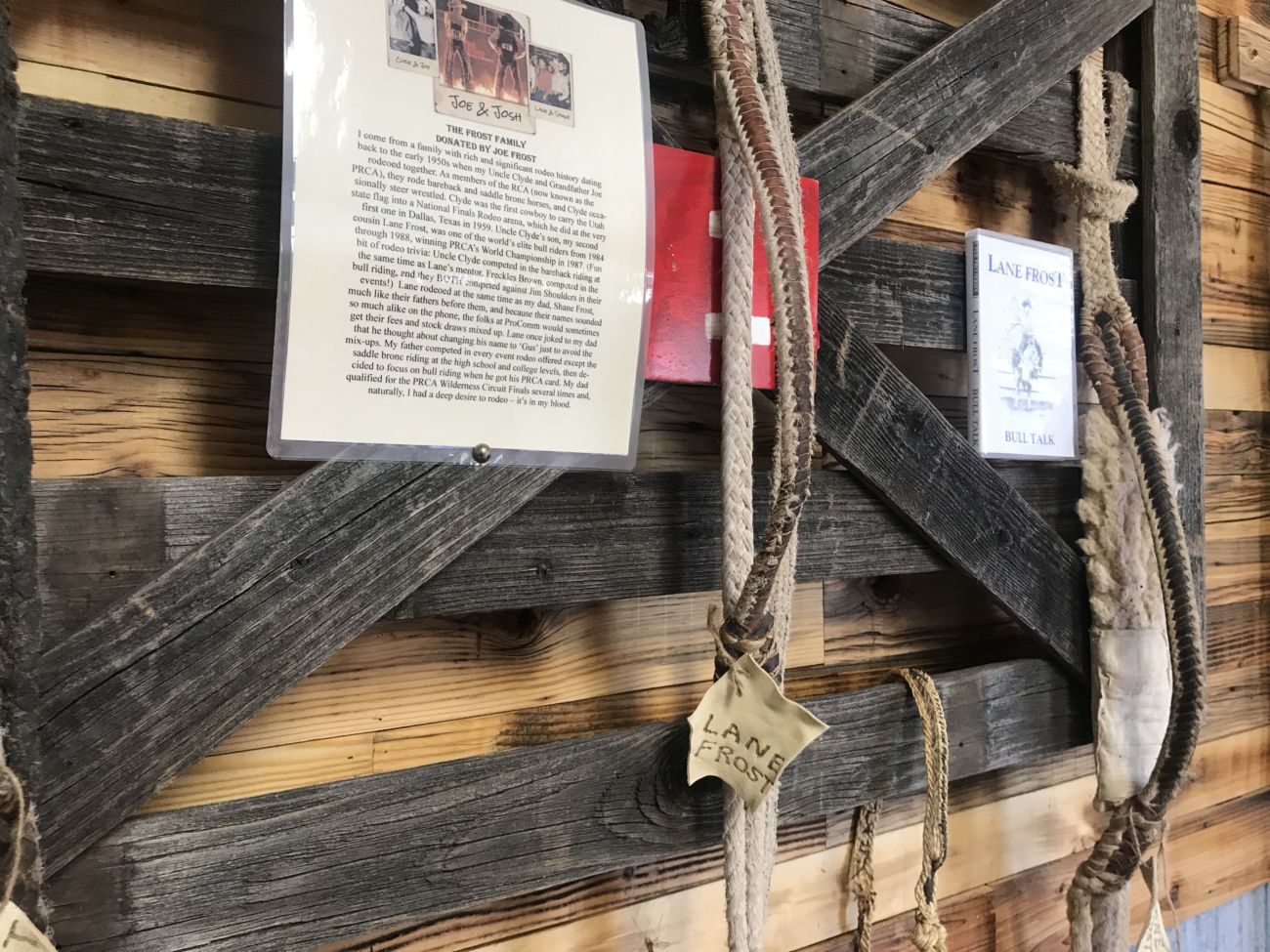
Jim was proud to share,
“That’s what it’s about, is the people. Giving names some recognition. Your hall-of-fames, it’s all about the champions. And ya, there are some of their prizes in there and some of their equipment but that’s not what this exhibit is about- why don’t we recognize the guy that built the rigging that helped win the champion that gold buckle.”
There is so much history that we as rodeo fans are unaware of, the details that go into rodeo equipment that help make our favorite champions, champions. For Jim, he describes his museum as a “labor of love.” And listening to him speak, it is easy to acknowledge the passion he has for his work.
https://www.youtube.com/watch?v=6xV_rjWEr6A&feature=youtu.be
By this point you might be wondering where the word “Rhymes” comes into play in the museum’s name, “Riggins’ N’ Rhymes.” Aside from Jim’s rodeo prowess, he is also a successful artist, bronze maker, and poet. With his Cowboy Poetry featured across the globe, there is no better way to honor our rodeo past, present, and future than with a reading of Jim Liles very own poem, “The Cowboy Way.”
https://youtu.be/9gQmZMga4uY
There is no doubt that Jim Liles is living “The Cowboy Way.” It is thanks to cowboys and cowgirls like Jim and Janie that are helping educate our rodeo fans on rodeo history and preserving its future. The Riggins’ N’ Rhymes museum is currently open to the public via appointment. Make sure to visit their website and show support here. Riggins’ N’ Rhymes is owned and financially supported by Jim and Janie and through the help of private donations. Whether it be rodeo equipment donation or through financial donation, the Riggins’ N’ Rhymes museum continues to grow. It is through their love of rodeo and dedication to its history that this wonderful exhibit is available to us today.
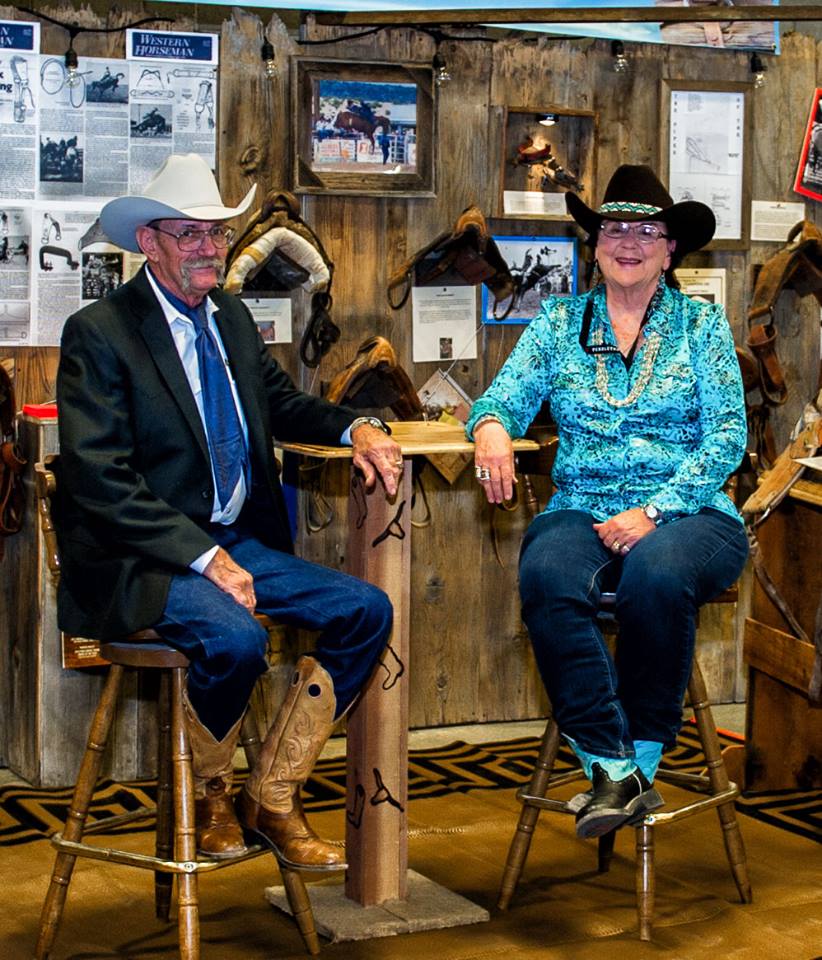
Thank you, Jim and Janie, for sharing your rodeo passion with Cowboy Lifestyle Network and for helping aid in the preservation of rodeo history!
Last Updated on 05/24/2019 by Taryn Cantrell
CLN Community Sponsor
